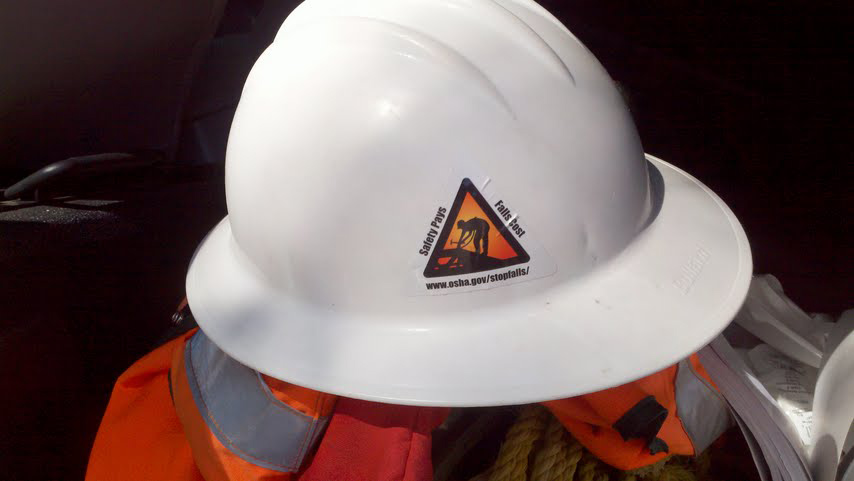Wed 17 Apr 2013
Safety Incentives – think twice
Posted by admin under Admin Controls, Behavior Based, Engineering Controls, Exposure, Hazard Communication, Management, Risk, Safety Policies, Safety Programs, Tool Box Talk, Training, Uncategorized
Comments Off on Safety Incentives – think twice
On one hand it makes perfect sense. If you work safely, over time, this is something that should be rewarded. Many, many companies provide a safety-incentive for no/low work place injuries. Â However, there is a downside, which some people have discovered: Â If you reward people for being safe, there is a possibility they won’t tell you if something isn’t safe. It’s called a reporting bias, or selective reporting.
Unfortunately this bias is exactly the opposite of what the best companies do. The best companies report every little thing (every incident). People who scrutinize the numbers can tell you for every accident that occurs, there are usually 100 little incidents which occurred prior to the accident. The reporting of incidents is the best indicator for future accidents. (aka, catch phrase: leading indicators)
A really cool example of this is Google Dengue Trends. Dengue is a mosquito-spread virus. Google looks at search words and, over time & many data points, can actually see people where the fever is spreading. An article in Science & Tech (June, 2001 Graham Smith) “Google launches Dengue Trends tool to help doctors track spread of deadly fever”
So how do you motivate people to report an unsafe act?
Here are some ideas:
- Pre task planning & post task wrap-up (downside: can be a lot of paperwork)
- Check the first-aid safety box for what’s being used
- Encouraging open communication
- Spies (not my favorite)
- Follow up on any report of near miss (by management within a certain time frame)
- Reward the reporting of incidents
- Make it easy, safe, convenient, rewarding, honorable, and validating
Or, maybe you should ask the opposite question: What would motivate someone NOT to tell you? In construction, it is common practice to provide a bonus at the end of a project based upon various factors. This most definitely includes profitability, but it can also include safety. If you didn’t hurt anyone on the project, you SHOULD be rewarded. (or, at least be given a pat on the back). Here’s a case of someone who really got it backwards: A former safety manager at the Shaw Group (formerly Stone & Webster Construction) falsified records.


